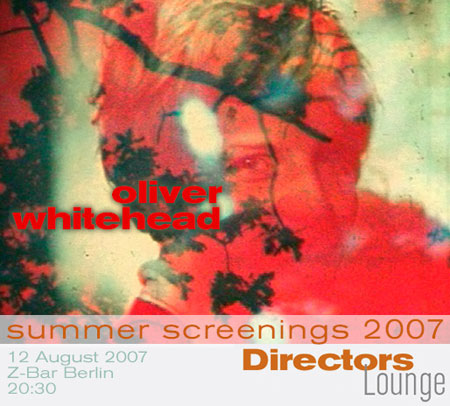
Walter Pichler TV Helmet (Portable Living Room), 1967
The work of the Austrian artist and architect Walter Pichler is not well known, despite the fact that his work had a discernible impact - at an international level - on the course of art and architecture in the late 1960s and early 1970s. This year a recent exhibition in Vienna, at the Generali Foundation, brought together an influential series of works called "Prototypes" that Pichler produced between 1966 and 1969. These works were first shown in Austria in 1967 and were included a year later at Dokumenta 4 in Kassel, Germany, but since then had remained largely unseen until this year.
As the 1960s are revisited - in fashion, film, and design - Pichler's prototypes, furniture, and architectural proposals form an important body of work. Judged in relation to his Austrian contemporaries Hans Hollein and Raimund Abraham, and in relation to the plug-in architecture experiments of Archigram, Archizoom, and Superstudio, Pichler's prototypes have a laconic quality that sets them apart from the utopian fervor of his international colleagues.
In an interview conducted in 1997, Pichler distinguished his work from the issue-oriented political work of his colleagues. "It did get on my nerves a bit, the way direct, fashionable references were made to the Vietnam war, to everyday politics. I believed that the critique had to start with the medium and not the political situation." Reflecting on the visionary or utopian character of the late 1960s, Pichler identified a darker strain in his own Prototypes series: "TV Helmet or Portable Living Room, as it was also called, and Small Room were really cynical, meant to be cynical in a funny way. At the time, television was just appearing on the scene. These works are about isolation cells. The critical thrust consisted in revealing this isolation and expressing it in a very overdrawn way."

Walter Pichler Small Room (Prototype 4), 1967
Walter Pichler at 2wice
via
9





 Kvetshing (Complaining) to Gertrude Stein, Video performance, 1 min, 2007
Kvetshing (Complaining) to Gertrude Stein, Video performance, 1 min, 2007 Jewel Garden
Jewel Garden Cocoon, Performance on digital video, 9 mins, 2007
Cocoon, Performance on digital video, 9 mins, 2007  The Orient through Western Eyes
The Orient through Western Eyes  A Turtle‘s Life in the Middle East, 16 mm and Super 8 black/white and color, 10 mins, 2003
A Turtle‘s Life in the Middle East, 16 mm and Super 8 black/white and color, 10 mins, 2003





 pink slavery
pink slavery pink monk
pink monk pink pillows
pink pillows pink at expo sexo 07
pink at expo sexo 07 pink pillows
pink pillows pink riders
pink riders sierotika
sierotika pink virus
pink virus


















